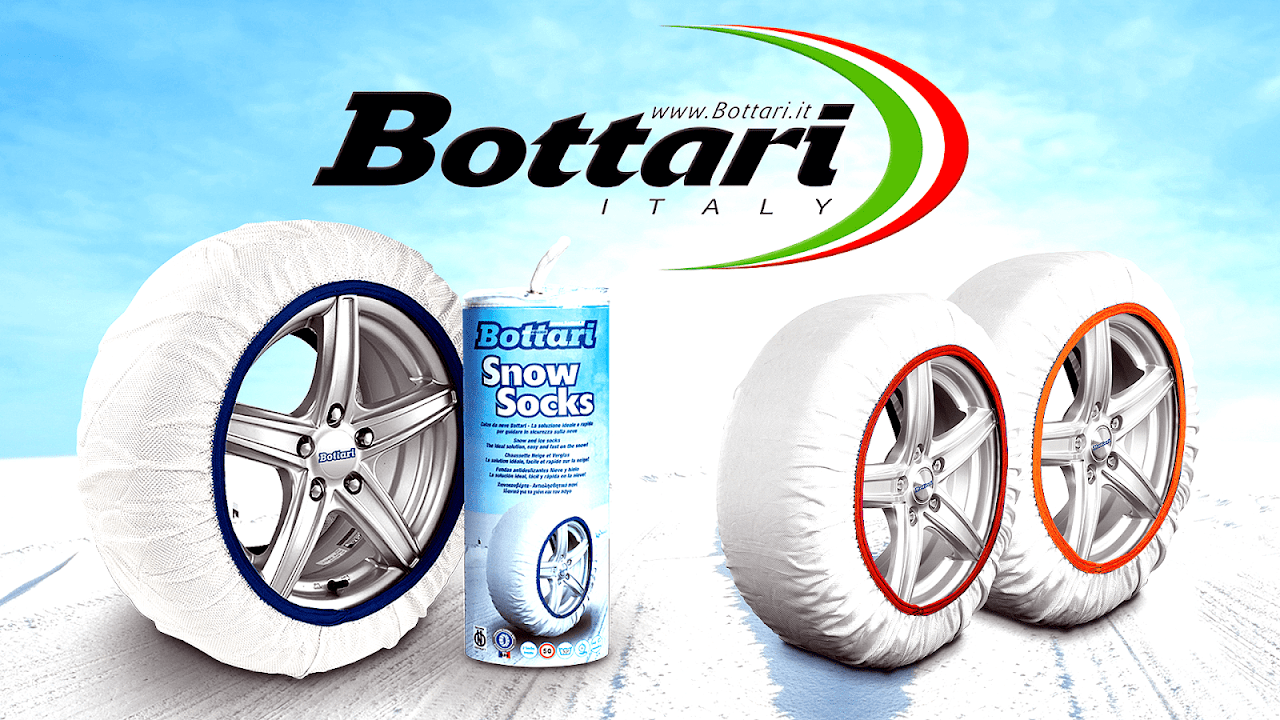
A Goodyear welt is a strip of leather, rubber, or plastic that runs along the perimeter of a shoe outsole. The machinery used for the process was invented in 1869 by Charles Goodyear Jr., the son of Charles Goodyear.

Maps, Directions, and Place Reviews
Construction
"Goodyear welt construction" involves stitching a welt to the upper and a strip of canvas (known as "gemming") cemented to the insole of a shoe as an attach-point for the sole. The space enclosed by the welt is then filled with cork or some other filler material (usually either porous or perforated, for breathability), and the outsole is both cemented and stitched to the welt. Shoes with other types of construction may also have welts.
Goodyear Snow Socks Video
Process
The Goodyear welt process is a machine based alternative to the traditional hand welted method (c.1500 CE) for the manufacture of men's shoes, allowing it to be resoled repeatedly.
The upper part of the shoe is shaped over the last and fastened on by sewing a leather, linen or synthetic strip (also known as the "welt") to the inner and upper sole. As well as using a welt, stitching holds the material firmly together.
The welt forms a cavity which is then filled with a cork material. The final part of the shoe is the sole, which is attached to the welt by some combination of stitching and a high strength adhesive like contact cement or hide glue. The result is highly valued for being relatively waterproof by minimizing water penetration into the insole and the relative ease of resoling as long as the upper remains viable. Welted shoes are more expensive to manufacture than those mass produced by automated machinery with molded soles.
Source of the article : Wikipedia








EmoticonEmoticon